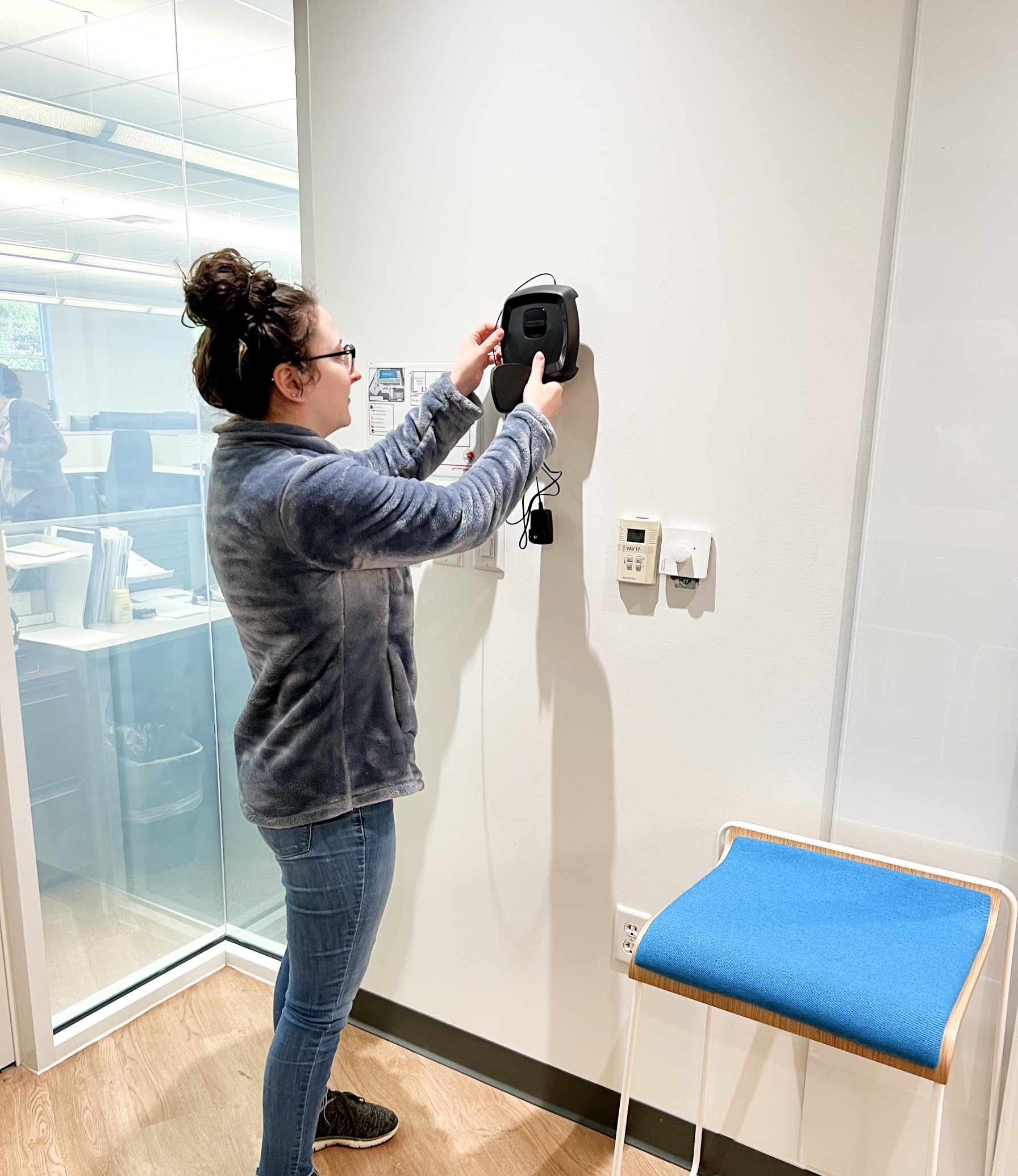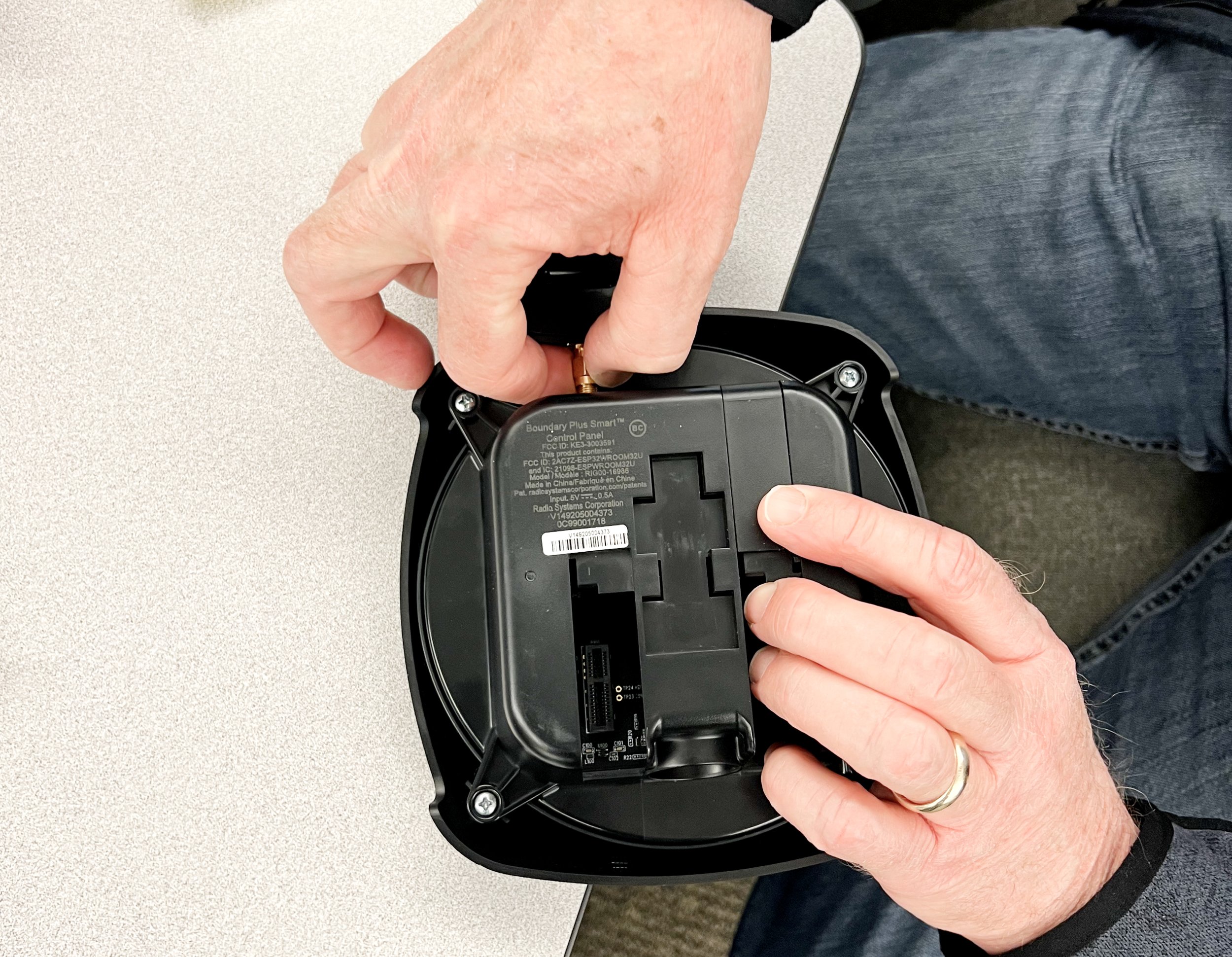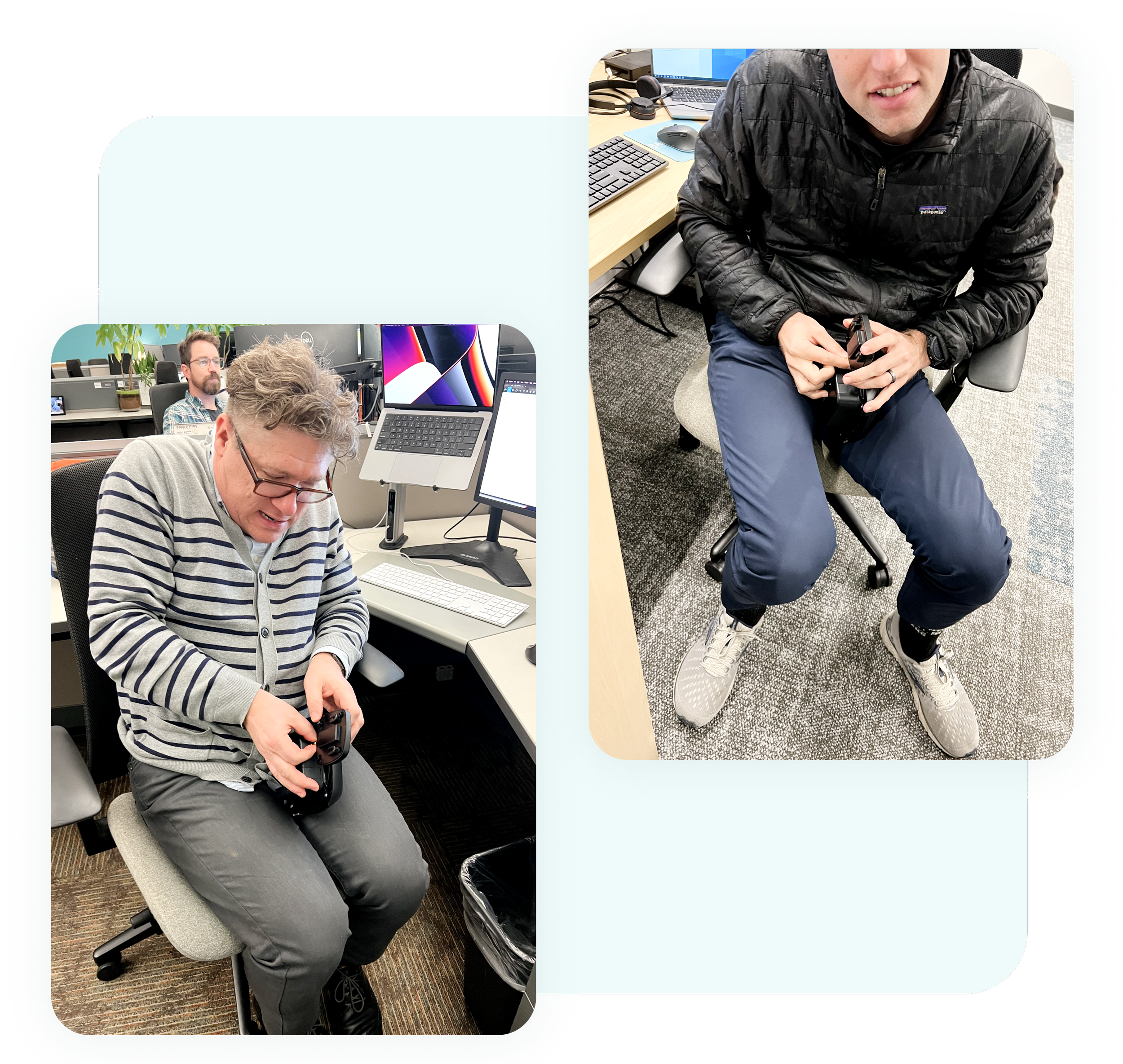UX Design Project - PetSafe Brands
Responding to last-minute, experience-changing, stakeholder decisions
Picture you are the user experience design team lead at a company that is an established leader in the pet containment and tech industry.
You’ve been tasked with leading UX efforts on a pet containment project whose purpose is to quickly take an existing company product sold under a service model–a technician-installed product–rebrand, and redesign it for do-it-yourself customers to get an entry-level GPS product in the market to start taking back market share.
This project has a very aggressive timeline with C-Suite level eyes on the project’s success constantly pushing for the team to launch the product faster.
As a response to this pressure, the business stakeholders on the project decide to remove a pivotal feature of the product a few months before launch without discussing with the broader team to discover potential impacts on the team’s work or the customer experience.
Not only was this a last-minute decision made without conferring with others, but it was also a decision that was not communicated to the team who was still working toward building and supporting that feature.
You learn of this decision in a meeting and quickly take the initiative to re-evaluate your work and communicate any necessary changes to the cross-functional teams you are collaborating with. During this process, you discover opportunities to simplify and improve the setup experience but need to get buy-in from stakeholders before making the changes.
The Problem
What I Did
-

Evaluated Impacts
After learning our business stakeholders decided to remove the escape alert feature from the product, I evaluated the product and app experience to identify impacted areas of the experience.
-

Identified Improvements
During my evaluation, I discovered several areas we could simplify and improve the product setup experience and collaborated with my cross-functional team on solutions.
-

Coordinated Alignment
To get approval to move forward with the improvements, I coordinated with key stakeholders to communicate the improvements and impacts on the experience.
Key Project Takeaway
Asking the right questions and pushing for change no matter how many “no’s” you get can go a long way to achieving your goals for the end user and creating a better user experience.
-
Challenges
• Responding to last-minute stakeholder decisions that majorly affect the user experience.
• Convincing stakeholders with different priorities and goals to agree to simplify the setup process for the users.
• Gathering data quickly and communicating it to the key people needed to make decisions.
• Communicating major decisions to the entire project team to keep everyone on the same page.
-
Learnings
• Knowing what motivates people and what they care about helps when gathering and presenting data.
• Showing visuals and storytelling helps people better understand the data and points you are presenting.
• Continuing the conversation and asking the right questions can turn a “no” into a “yes.”
• Testing your assumptions is always a good move. You will always learn–maybe even something unexpected.
Research Stage
To understand the impacts on the overall experience, I evaluated our app setup flow, life with the product, and the physical product interface.
Evaluating the App
In a project update meeting, we were told business stakeholders decided to remove the escape/return alert product feature based on their understanding of the limitations of the product’s technology.
As this was a core product feature, I needed to evaluate the impacts on the already completed app and physical product experience.
I met to discuss the impacts and present improvements with cross-functional team members after ideating on potential areas of simplifying the new experience.
Discovery Stage
During my evaluation, I identified steps we no longer needed the user to complete as they were previously necessary to support the removed feature.
Opportunity to Simplify
The original setup process required the user to find a location for and mount two pieces–the base unit and antenna connected to the base via a coax cable.
The antenna’s purpose was to extend the radio frequency range used to communicate with the collar to report battery status and location.
After removing the alert feature, I identified we didn’t need the extended range.
I suggested we remove the extra interactions with the base unit and antenna, ship the antenna directly attached to the base unit, and only ask the user to interact with one cohesive piece.
Verifying Ideas
Before communicating my suggestions with the project team, I needed to check with other leaders to confirm that removing steps and making physical product changes was still feasible.
Managing Stakeholders
I met with our Industrial Designer to see if he had any concerns with shipping the antenna attached.
Since he was on board, I scheduled a meeting with the Product Manager to confirm the Packaging Engineer had not finalized the packaging.
During our meeting, she had some concerns the product might not function properly without the cable extension. Based on previous conversations and knowledge of the system, I was confident that it would still function, but I offered to check to be sure.
Next, I met with the Engineers and Engineering Director on the project to get their thoughts and confirm the functionality.
After fact-finding and verifying the system would still function properly, I met with the Category Director, Category Manager, Product Manager, and Industrial Designer to discuss the suggested improvements.
The idea quickly got shut down as the Category Director was convinced that to be able to learn if the base level RF frequency would cover average boundaries, we needed to have the cable.
Testing Stage
I was convinced there was a way to simplify the process for users AND learn what we needed to as a business so I took the initiative to A/B test the mounting step.
Evaluating Usability
Using two 3D-printed prototypes, I gave participants very little instruction and asked them to walk me through how they would mount each prototype–one with the antenna attached directly and one with the antenna attached to the coax cable.
I had them show me on a wall how and where they would place each prototype.
I alternated which prototype the participants interacted with first and asked clarifying questions as they went through the process of mounting the different base units.
Mounting Test Learnings
I tested with 5 participants and quickly reached the point of least astonishment. My hypothesis was correct–finding a place for and mounting the system with the antenna attached was easier and preferred.




Participants placed the separate antenna very close to the unit sometimes letting it dangle or placing it directly underneath.
Participants liked interacting with one piece instead of multiple pieces.
Key Takeaways
While watching people interact with the different prototypes, I saw an important pattern. When mounting the prototype with the separate antenna, participants were very inconsistent in their placement. Not a single participant placed the antenna as high as possible–the key reason behind shipping with the cable.
To meet our goal of learning more about the RF signal strength capabilities in action, we would have a more consistent baseline by shipping the antenna attached.
Key Business Learning
Communication Stage
Armed with research data, knowledge from conversations with key stakeholders, and a desire to simplify the process for our users, I scheduled a meeting with key decision-makers to present my findings and make my case.
Sharing the Learnings
Knowing what each group was most concerned about shaped how I presented my findings.
I started by recapping all the conversations I had had with each individual represented and what I had learned from those conversations.
The key concern was our capability to still learn what we needed to about the RF signal range.
I showed the pictures from our testing and shared the learnings paired with facts I had gathered from the key stakeholders proving we could still learn and would have a more consistent baseline if we shipped the antenna attached.
The facts and pictures sold the group on the suggestion and we decided to move forward with the change.
Next Steps
We left the meeting with action items to update the app screens, communicate the decision to the project team, and have the Packaging Engineer update his design to reflect the change.
We later learned the Packaging Engineer had concerns about shipping the antenna attached in his current design as there was a risk the antenna might break. The Product Manager let me know we would ship them separately and the user would have to attach the antenna manually.
Testing Stage - Again
My new goal was convincing business stakeholders to spend a little more money on packaging so we could ship the unit as one to give the user a better experience. It was time for some usability testing of the antenna attachment interaction.
Evaluating Usability
I was concerned users might struggle to attach the antenna as the space was tight and it was hard to maneuver and know if it was correctly attached.
I was also concerned about the accessibility of the process for individuals with different abilities or conditions that might make the process especially challenging for them.
I had participants attempt to complete the task of attaching the antenna without giving direct instructions on how or where to place it on the base unit.
Antenna Attachment Test Learnings
I tested with 9 participants ranging in age and finger size. Quickly validated the process was challenging and not desirable. I asked the Product Manager to participate for perspective.






Participants easily knew where the antenna was supposed to attach.
Participants struggled with accessing the area to screw down the coax connector–sometimes twisting the antenna to try to attach it.
Key Takeaways
Next Steps
After sharing the results with the team, the Product Manager had the Packaging Engineer redesign the packaging to reinforce it and ship with the antenna attached.

















